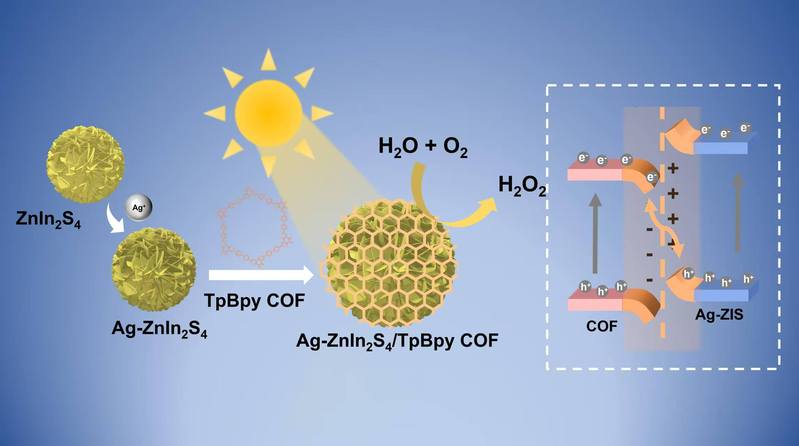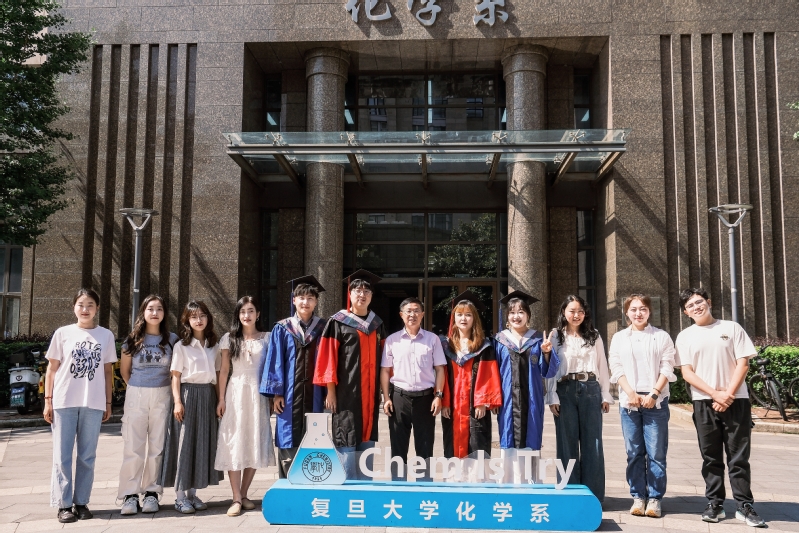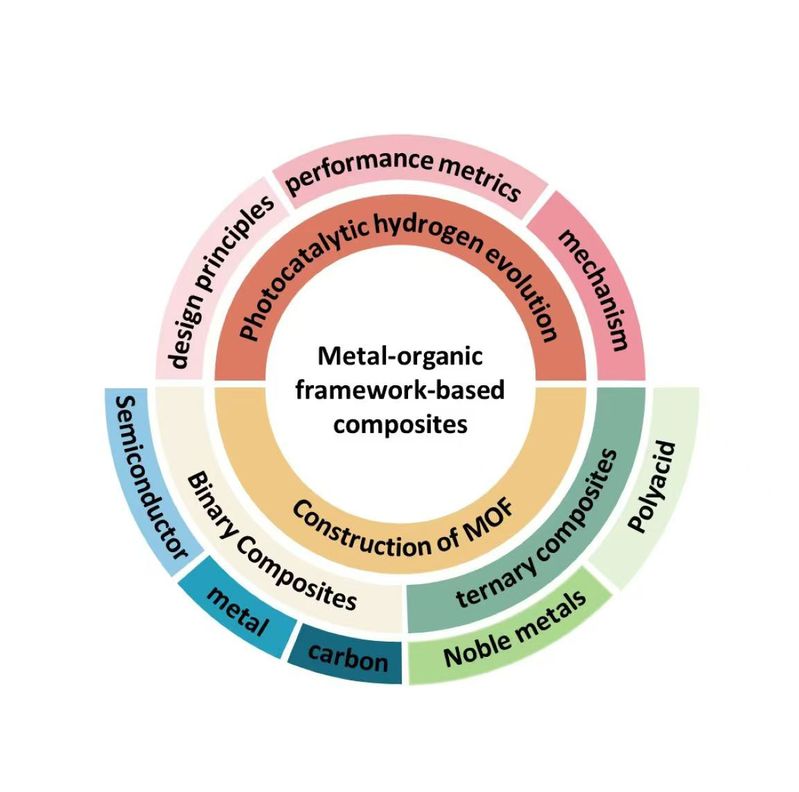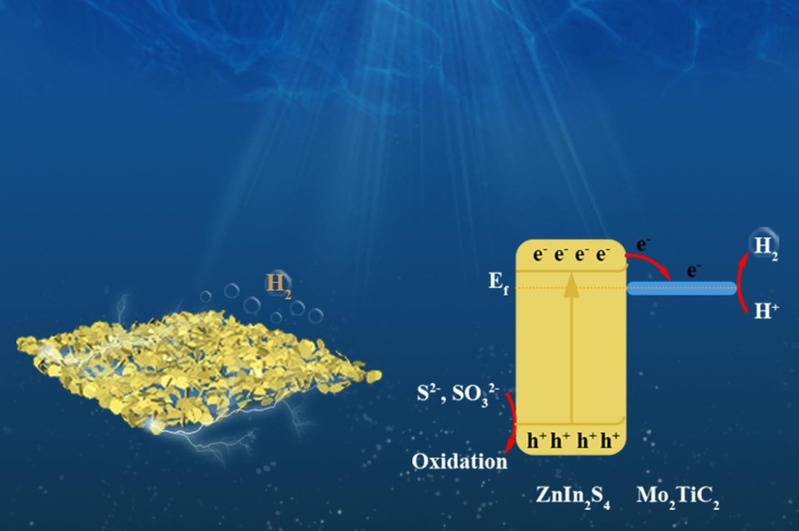The rational design of S-scheme heterojunctions holds significant potential for efficient photocatalytic energy conversion, attributed to their enhanced carrier separation efficiency and high redox capacity. Nevertheless, achieving precise control and transfer dynamics in S-scheme heterojunctions remains a substantial challenge. Herein, a unique architecture is devised featuring porous rod-shaped Fe2O3 particles loaded onto Fe single-sites modified g-C3N4 nanosheets via single-sites mediated heterocomponent anchorage, achieving the directed growth of Fe2O3 using Fe single-sites in g-C3N4 as anchoring points, thereby forming O─Fe─N interfacial chemical bonds (ICBs) and generating abundant nitrogen defects (FeO/FeCN-Nv). Photophysical processes are further investigated using femtosecond transient absorption spectroscopy (fs-TAS) and in situ irradiated X-ray photoelectron spectroscopy (ISI-XPS) with an adjustable wavelength irradiation light source. Encouragingly, the results reveal an enhanced internal electric field (IEF) is constructed at these semicoherent phase boundaries, creating an asymmetrical charge distribution. Simultaneously, Nv defects introduce an additional defect level that accelerates electron transfer through the IEF, enabling more rapid migration to surface-active sites for both photocatalytic styrene epoxidation and hydrogen evolution. The synergistic effect of ICBs and defects coupling in regulating carrier transfer offers new insights into enhanced photocatalysis, paving the way for further advancements in energy conversion.
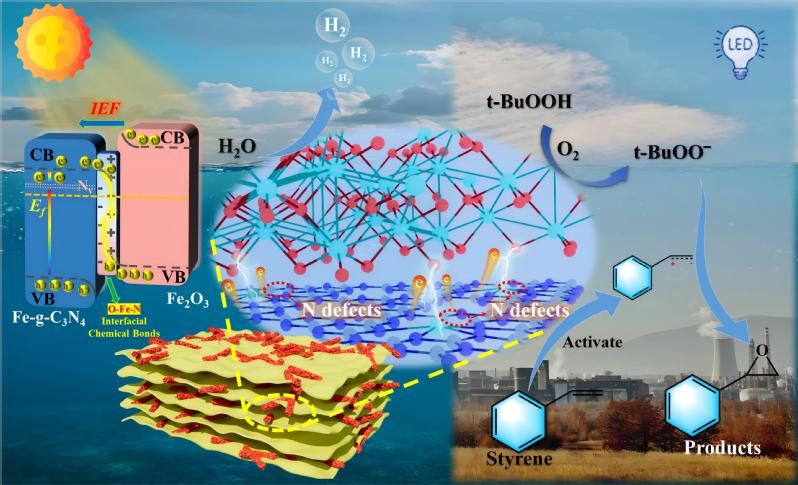
 Wei-Lin Dai Group
Wei-Lin Dai Group